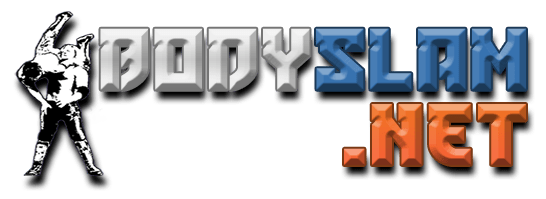I, Sting: AEW Icon Bares His Soul
Sting’s recent personal essay for The Players’ Tribune is a poignant look at the man behind the iconic black and white face paint, written by Sting himself. In the essay, Sting candidly discusses his early days in pro wrestling, his drug addiction and achieving sobriety, finding religion, and his career renaissance in All Elite Wrestling. While in character, Sting is known for cutting a palpable and formidable presence but using few words. His Players’ Tribune piece, however, invites pro wrestling fans into his history, heart, and mind.
On His Early Days in Pro Wrestling:
“It’s almost impossible to explain that era to someone who wasn’t there,” Sting writes of his time in the world of bodybuilding. While this was his original focus, pro wrestling came calling when Rick Bassman stopped by his gym recruiting bodybuilders for a pro wrestling team. Bassman was shocked to realize that Sting had legitimately never heard of pro wrestling before. Upon accompanying Bassman to a WWF show where he saw Andre the Giant, Iron Sheik, and Hulk Hogan perform, Sting experienced the magic of pro wrestling for the first time.
“I turned to Rick and said, ‘O.K., I get it,’ ” Sting writes.
His pro wrestling career began in a tag team alongside fellow bodybuilder turned pro wrestler Jim Hellwig, who would go on to become WWE’s Ultimate Warrior. Sting and Hellwig eventually parted ways in the territorial promotion UWF. Sting landed in NWA, where his destiny was changed when Dusty Rhodes booked him in a match against Ric Flair for NWA, Jim Crockett Promotions, and WCW’s joint ppv venture Clash of the Champions.
The 45-minute match, which ended in a time draw, proved to be lightning in a bottle. Its notoriety raised Sting’s profile, and stardom beckoned.
Downward Spiral
By the 1990s, pro wrestling was in the thralls of the ‘Attitude Era’. WCW was at its forefront, led by the rebellious faction nWo. At this time, Sting recounts his dependence upon prescription pills began as a way to battle insomnia caused by a rigorous travel schedule. He writes,
“The thing about painkillers is that they sneak up on you. The feeling you get addicted to is that moment when your head hits the pillow and you don’t have a care in the world. It’s not so much euphoria that you’re chasing. It’s more like peace. At least you think it’s peace. But it’s so, so, so deceptive.’
Eventually, the toll of addiction on his spirit and his family was too much to bear. He came clean to his wife about the depths of his dependency, got clean, began avoiding bad influences and turning down offers of drugs, and found salvation in embracing religious life, as well. He marvels, “It’s hard to believe that was nearly 24 years ago. I have been sober ever since.”
Today’s Sting
Today, Sting serves as Darby Allin’s mentor, and is beloved by other up-and- coming young pro wrestlers on AEW’s roster, as well. With obvious gratitude, he writes lovingly of his young colleagues showing him pictures of themselves dressed up as him for Halloween when they were children. The stories Sting recounts in his Players’ Tribune essay are at times haunting accounts of drug addiction and the secret toll it took on him during his heyday, but also offers a peek behind the curtain at his rise to fame and the bombastic excesses of WCW in the 1990s. The essay is more than worth a read for anyone who has always been intrigued by the mysterious man they call Sting.
If you enjoy Bodyslam’s content, you can help donate to the site here. You can also visit our PWTees store and buy Bodyslam official merchandise here. You can listen to all of Bodyslam’s podcasts by following us on Spotify and subscribing to our YouTube Channel.
Follow us on Twitter: @BodyslamNet
